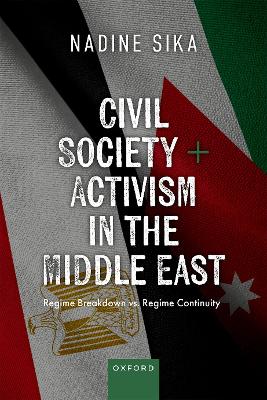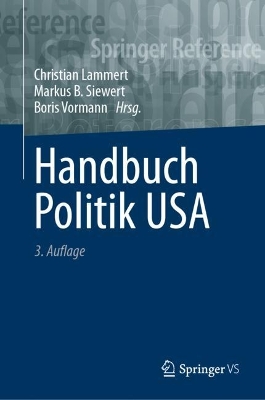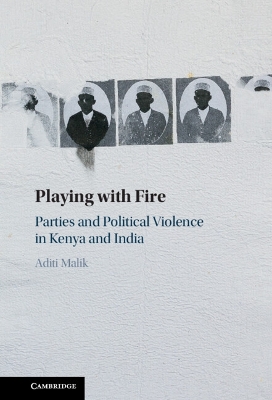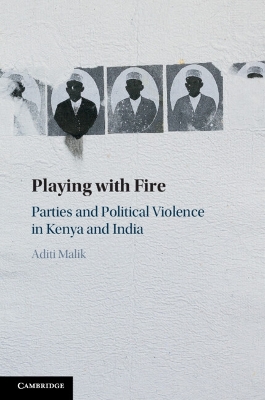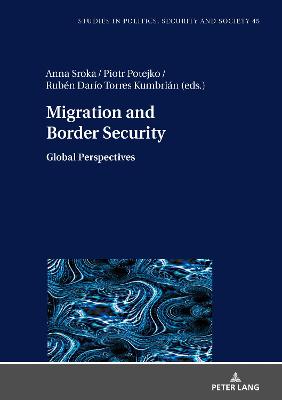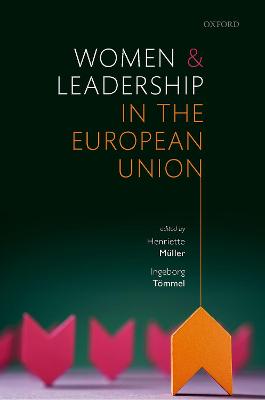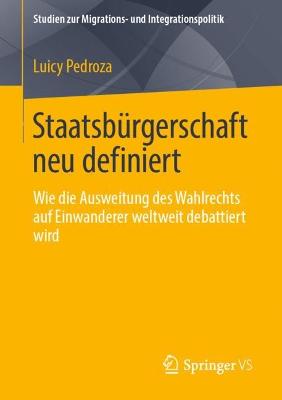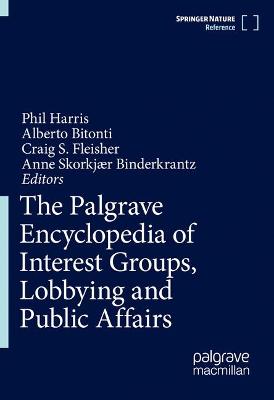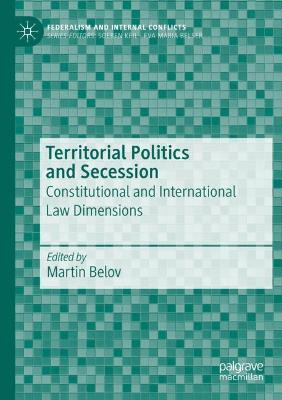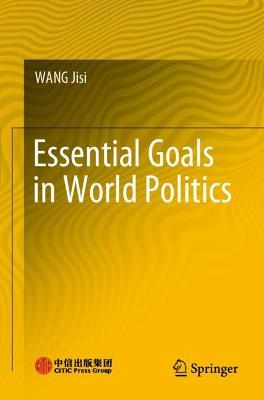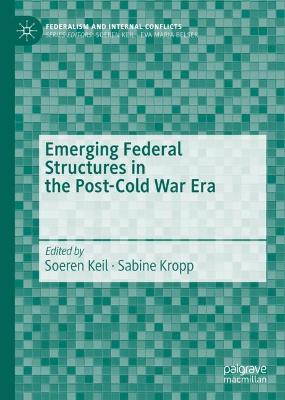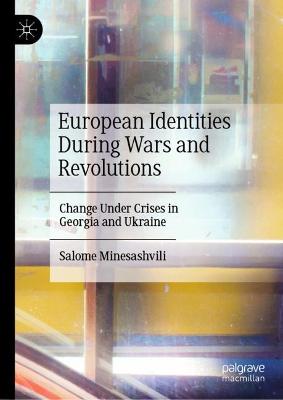Divergent Foreign Policy Alliance
 portes grátis
portes grátis
Divergent Foreign Policy Alliance
The US Towards Military-ruled Pakistan (1947-65)
Soherwordi, Syed Hussain Shaheed; Prud'homme, Joseph
Peter Lang Publishing Inc
06/2024
Dura
9781636675206
Pré-lançamento - envio 15 a 20 dias após a sua edição
Abstract i
Acknowledgements iii
TABLE OF CONTENTS v
List of Maps vii
List of tables/illustrations viii
Acronyms ix
Glossary xi
Mapof South Asia before 1971 xii
Map of Pakistan xiii
INTRODUCTION 1
CHAPTER 1
Advent and Evolution: The Pakistan Army from the British Indian Army 1857-1947.
1.1 Introduction 12
1.2 The Advent of the British Indian Army 13
1.3 Post-1857 Regional Recruitment Shift-
The Evolution of Punjabisation 17
1.4 Punjabisation with Caution -
The Fallout of the Bengal Mutiny 22
1.5 The Indigenous Indian Army and the British 25
1.6 Social and Psychological Influences on Indigenous Soldiers 30
1.7 'Indianisation' of the British Army 33
Conclusion 41
CHAPTER 2
Weak Political Institutions and The rise of the Army in Pakistan: 1947-58.
2.1 Introduction 44
2.2 Indo-phobia, Islam and the Creation of Pakistan 47
2.3 Civil and Military Relations 49
2.4 Weak Democratic Institutions 51
2.4.1 The Punjab 51
2.4.2 The NWFP 55
2.5 Pakhtoonistan 58
2.6 FEDERATION vs. THE PAKISTAN ARMY 65
Conclusion 92
CHAPTER 3
American Policy Making Bodies and the Pakistan Army: Towards Military Alliances 1947-57.
3.1 Introduction 94
3.2 Importance of Pakistan and the US Global Priority List 96
3.3 US Proposed South Asian Unity 99
3.4 Power Bloc Theory (PBT) of India 102
3.5 US Support to Pakistan for Leadership of the Muslim World 103
3.6 Pseudo-War Crisis between India and Pakistan 1951. 106
3.7 Mid-East Defence Organization (MEDO) 108
3.8 A Shift in US Policy: From MEDO to Military Alliances 114
3.9 Institutional Alliance in the Offing 116
3.10 The British displeasure over growing Institutional Alliance. 123
3.11 Offers and Pressures from the Soviet Union 135
3.12 Pak-US Cooperation with Other Middle Eastern Countries and
Egypt's Aspiration of Muslim Leadership 138
Conclusion 141
CHAPTER 4
Military rule in Pakistan and India as a Factor in Straining the Pak-US Institutional Interaction: 1958-62.
4.1 Introduction 143
4.2 MILITARY RULE IN PAKISTAN: 1958-62. 144
4.2.1 Military Rule and Ethnic Problem 153
4.2.2 Military Rule and the Country's Legal System 156
4.2.3 Military Rule and the Plight of Foreign
Services of Pakistan 159
4.3 INDIA AS A FACTOR IN STRAINING
PAK-US INSTITUTIONAL INTERACTION: 1958-62. 161
4.3.1 The US Fear of Communism in India 161
4.3.2 Growing Indo-US relations 164
4.3.3 India's annexation of Goa 169
4.3.4 Further Dips in Pak-US Relations 170
4.3.5 Sino-India War and the Beginning of the
End of Institutional Interaction 175
Conclusion 179
CHAPTER 5
Allies at Loggerheads: The US and the Pakistan Army 1962-65.
5.1 Introduction 183
5.2 The Kashmir Dispute and the Triangular Relationship
between Pakistan, India and the US 183
5.3 Harriman's Mission Impossible to the South Asia 186
5.4 Pakistan Drifts towards Communist China:
Troubled Pak-US Relations 190
5.5 Popular Anti-US Sentiments in Pakistan 195
5.6 Post-Nehru India 197
5.7 The US Assistance to Pakistan and India 198
5.8 President Ayub's Visit to China, March 1965. 207
5.9 The Pakistan Army and the Domestic Politics 210
Conclusion 215
CONCLUSION 217
Bibliography 239
Abstract i
Acknowledgements iii
TABLE OF CONTENTS v
List of Maps vii
List of tables/illustrations viii
Acronyms ix
Glossary xi
Mapof South Asia before 1971 xii
Map of Pakistan xiii
INTRODUCTION 1
CHAPTER 1
Advent and Evolution: The Pakistan Army from the British Indian Army 1857-1947.
1.1 Introduction 12
1.2 The Advent of the British Indian Army 13
1.3 Post-1857 Regional Recruitment Shift-
The Evolution of Punjabisation 17
1.4 Punjabisation with Caution -
The Fallout of the Bengal Mutiny 22
1.5 The Indigenous Indian Army and the British 25
1.6 Social and Psychological Influences on Indigenous Soldiers 30
1.7 'Indianisation' of the British Army 33
Conclusion 41
CHAPTER 2
Weak Political Institutions and The rise of the Army in Pakistan: 1947-58.
2.1 Introduction 44
2.2 Indo-phobia, Islam and the Creation of Pakistan 47
2.3 Civil and Military Relations 49
2.4 Weak Democratic Institutions 51
2.4.1 The Punjab 51
2.4.2 The NWFP 55
2.5 Pakhtoonistan 58
2.6 FEDERATION vs. THE PAKISTAN ARMY 65
Conclusion 92
CHAPTER 3
American Policy Making Bodies and the Pakistan Army: Towards Military Alliances 1947-57.
3.1 Introduction 94
3.2 Importance of Pakistan and the US Global Priority List 96
3.3 US Proposed South Asian Unity 99
3.4 Power Bloc Theory (PBT) of India 102
3.5 US Support to Pakistan for Leadership of the Muslim World 103
3.6 Pseudo-War Crisis between India and Pakistan 1951. 106
3.7 Mid-East Defence Organization (MEDO) 108
3.8 A Shift in US Policy: From MEDO to Military Alliances 114
3.9 Institutional Alliance in the Offing 116
3.10 The British displeasure over growing Institutional Alliance. 123
3.11 Offers and Pressures from the Soviet Union 135
3.12 Pak-US Cooperation with Other Middle Eastern Countries and
Egypt's Aspiration of Muslim Leadership 138
Conclusion 141
CHAPTER 4
Military rule in Pakistan and India as a Factor in Straining the Pak-US Institutional Interaction: 1958-62.
4.1 Introduction 143
4.2 MILITARY RULE IN PAKISTAN: 1958-62. 144
4.2.1 Military Rule and Ethnic Problem 153
4.2.2 Military Rule and the Country's Legal System 156
4.2.3 Military Rule and the Plight of Foreign
Services of Pakistan 159
4.3 INDIA AS A FACTOR IN STRAINING
PAK-US INSTITUTIONAL INTERACTION: 1958-62. 161
4.3.1 The US Fear of Communism in India 161
4.3.2 Growing Indo-US relations 164
4.3.3 India's annexation of Goa 169
4.3.4 Further Dips in Pak-US Relations 170
4.3.5 Sino-India War and the Beginning of the
End of Institutional Interaction 175
Conclusion 179
CHAPTER 5
Allies at Loggerheads: The US and the Pakistan Army 1962-65.
5.1 Introduction 183
5.2 The Kashmir Dispute and the Triangular Relationship
between Pakistan, India and the US 183
5.3 Harriman's Mission Impossible to the South Asia 186
5.4 Pakistan Drifts towards Communist China:
Troubled Pak-US Relations 190
5.5 Popular Anti-US Sentiments in Pakistan 195
5.6 Post-Nehru India 197
5.7 The US Assistance to Pakistan and India 198
5.8 President Ayub's Visit to China, March 1965. 207
5.9 The Pakistan Army and the Domestic Politics 210
Conclusion 215
CONCLUSION 217
Bibliography 239

